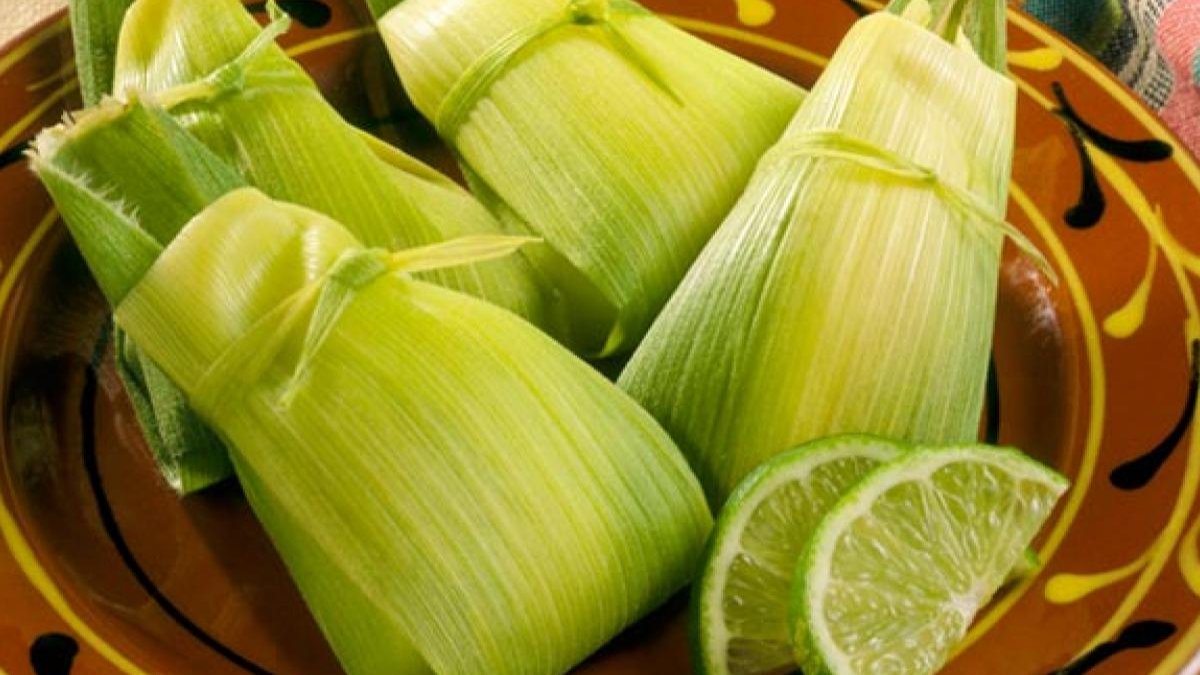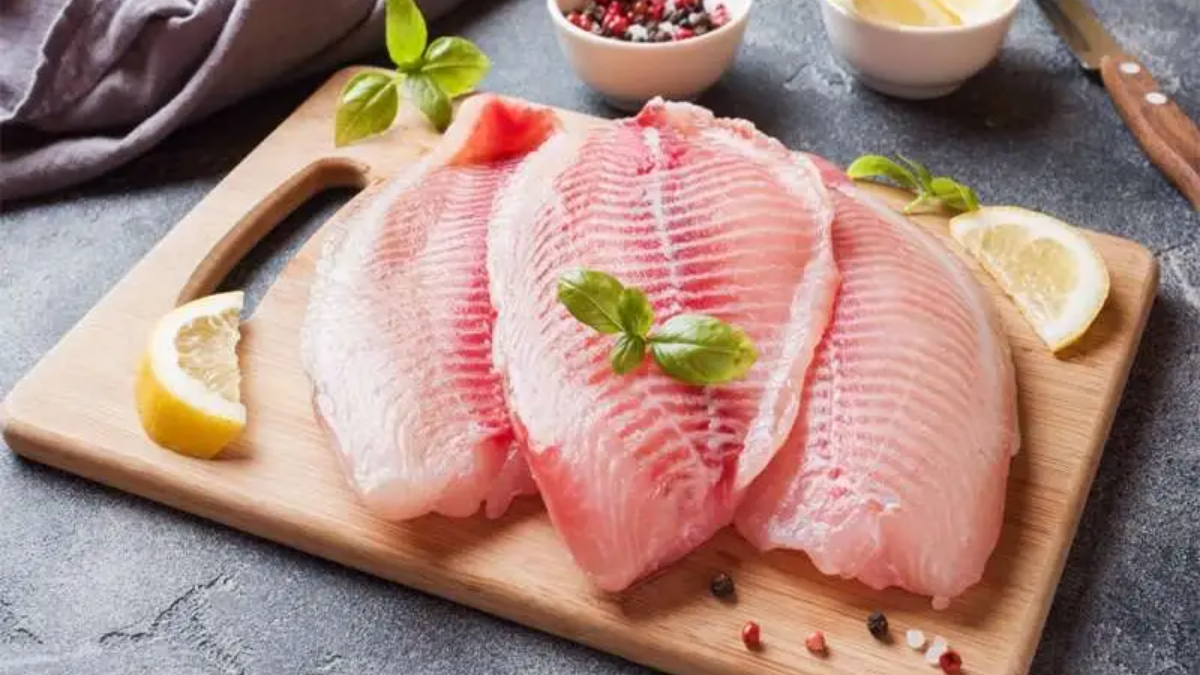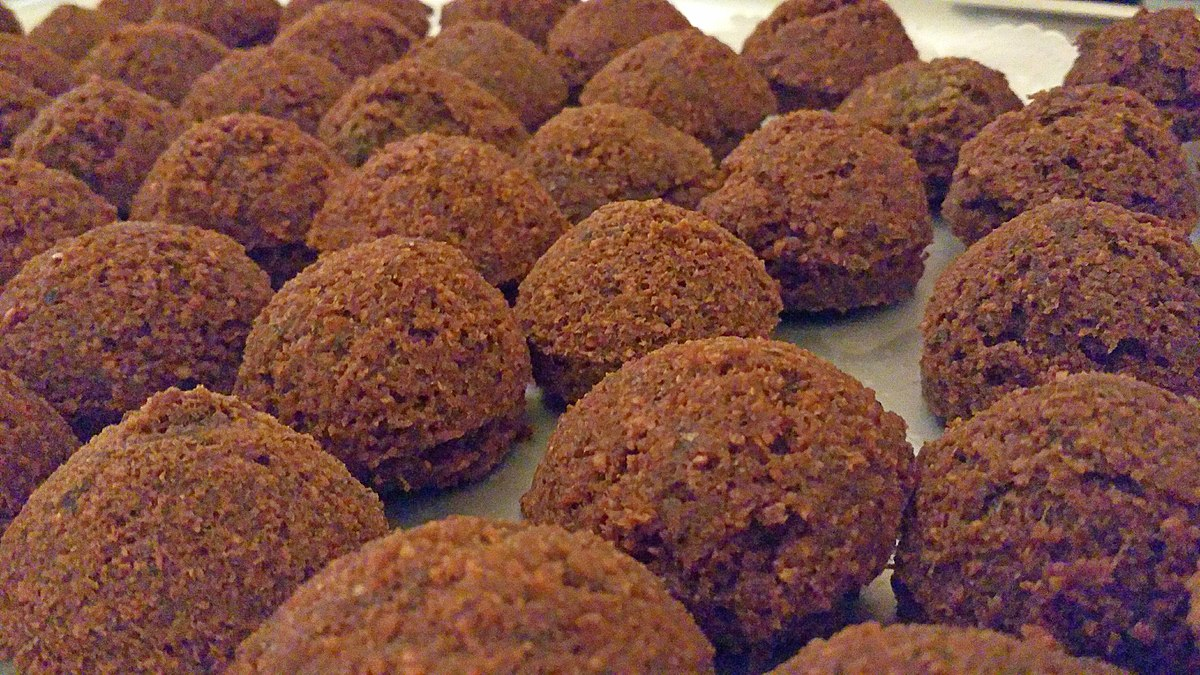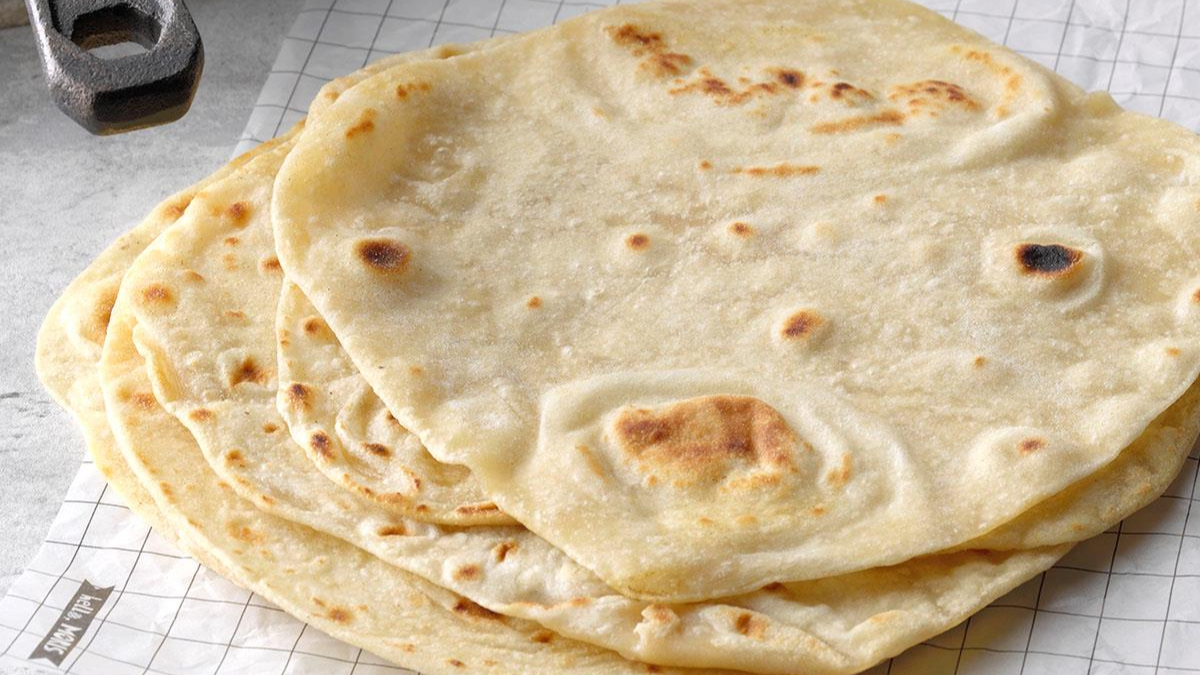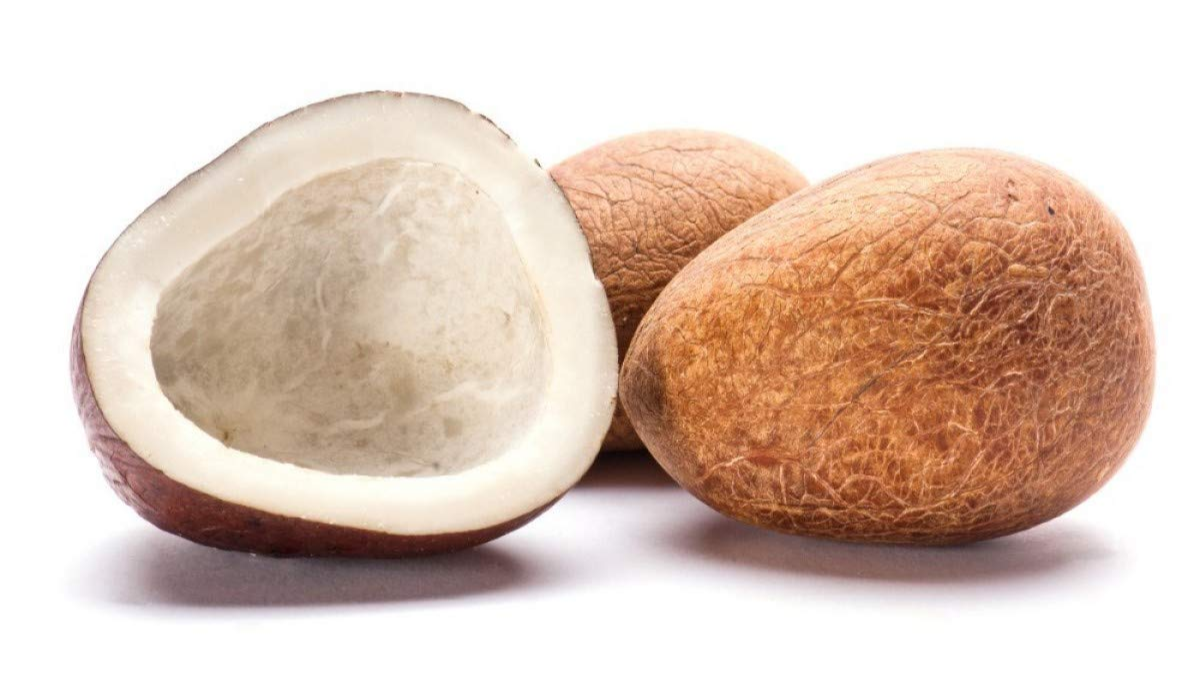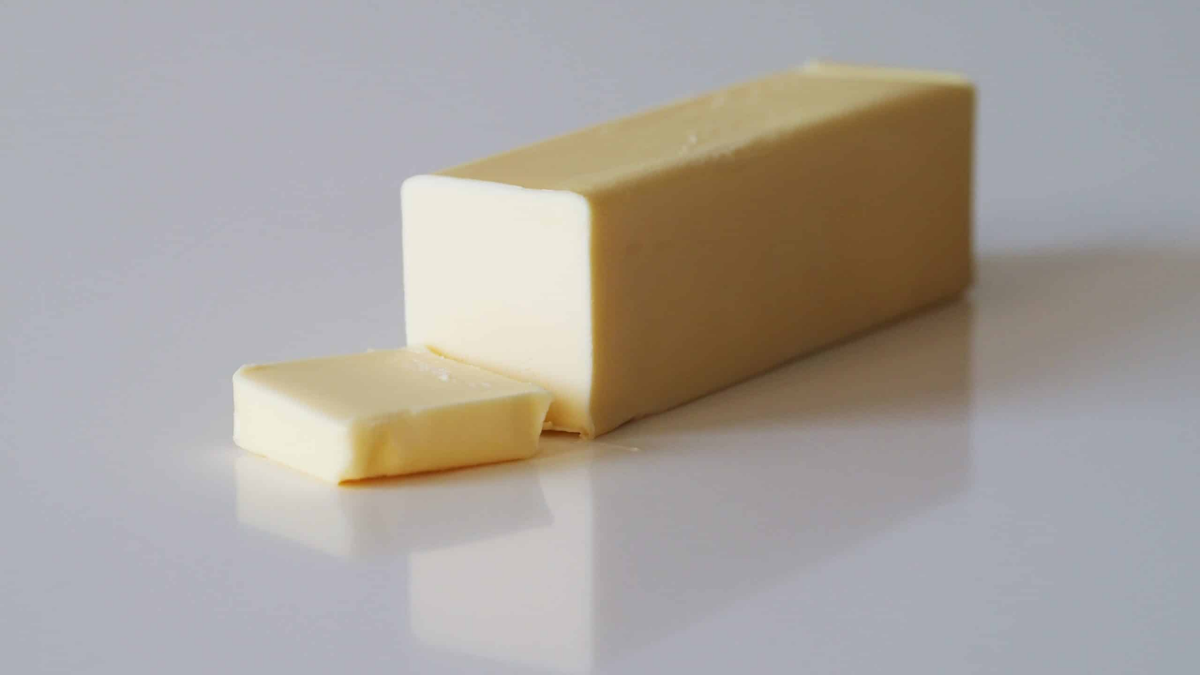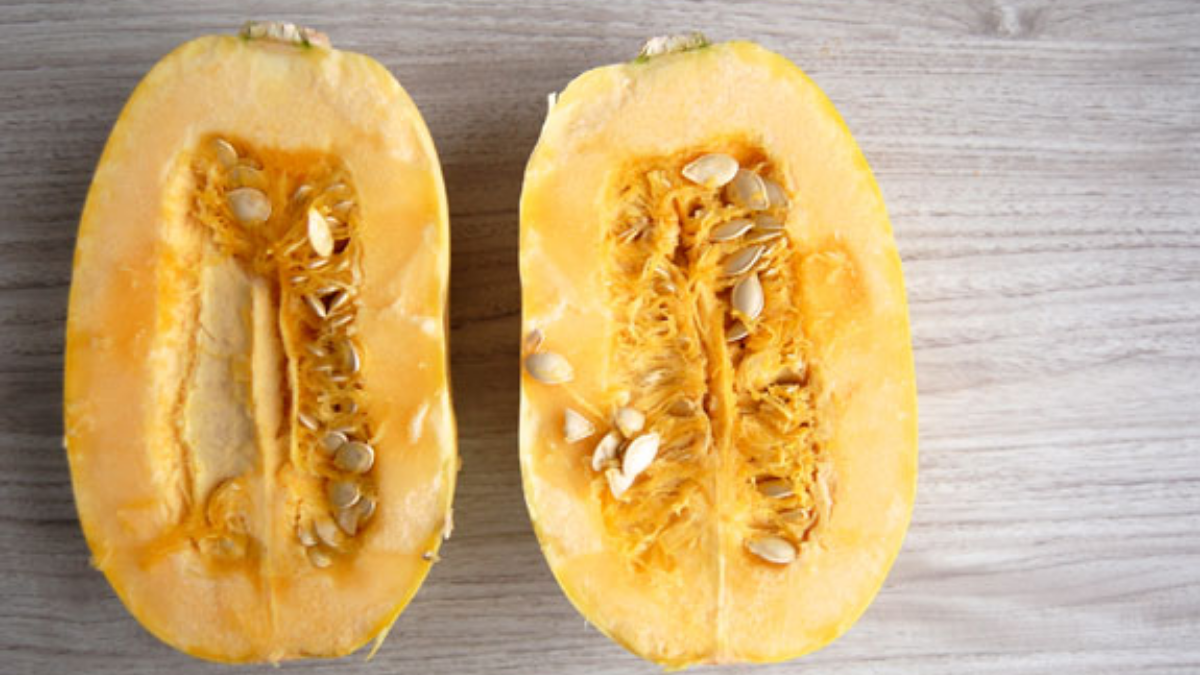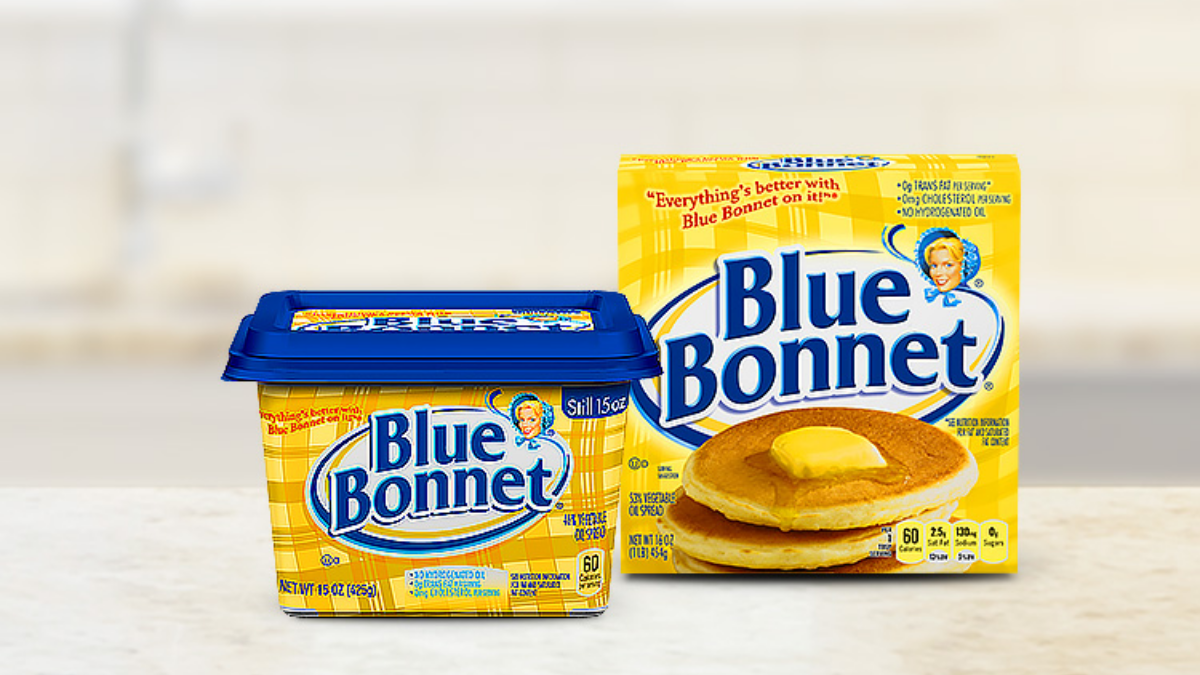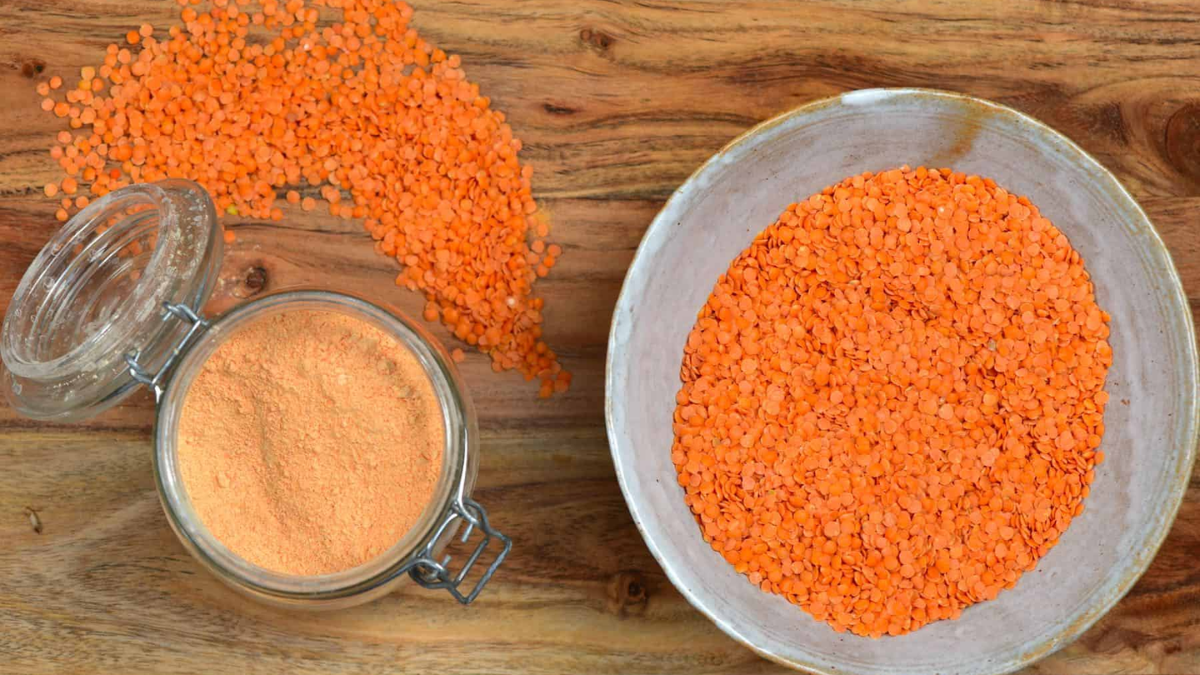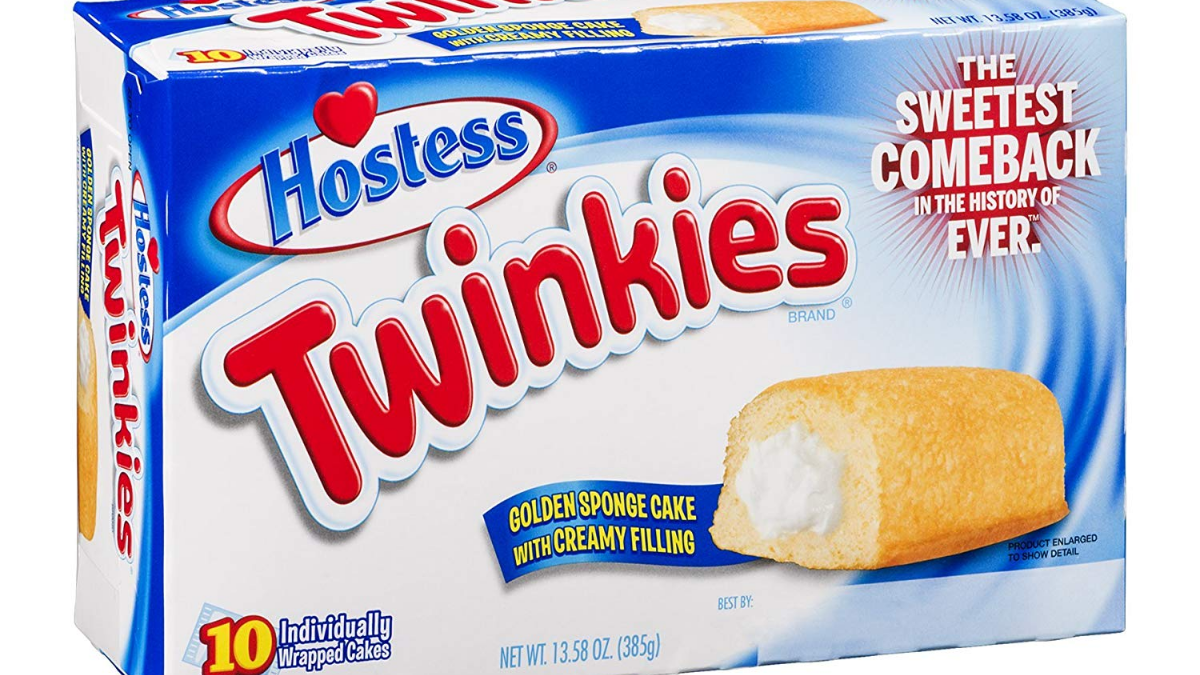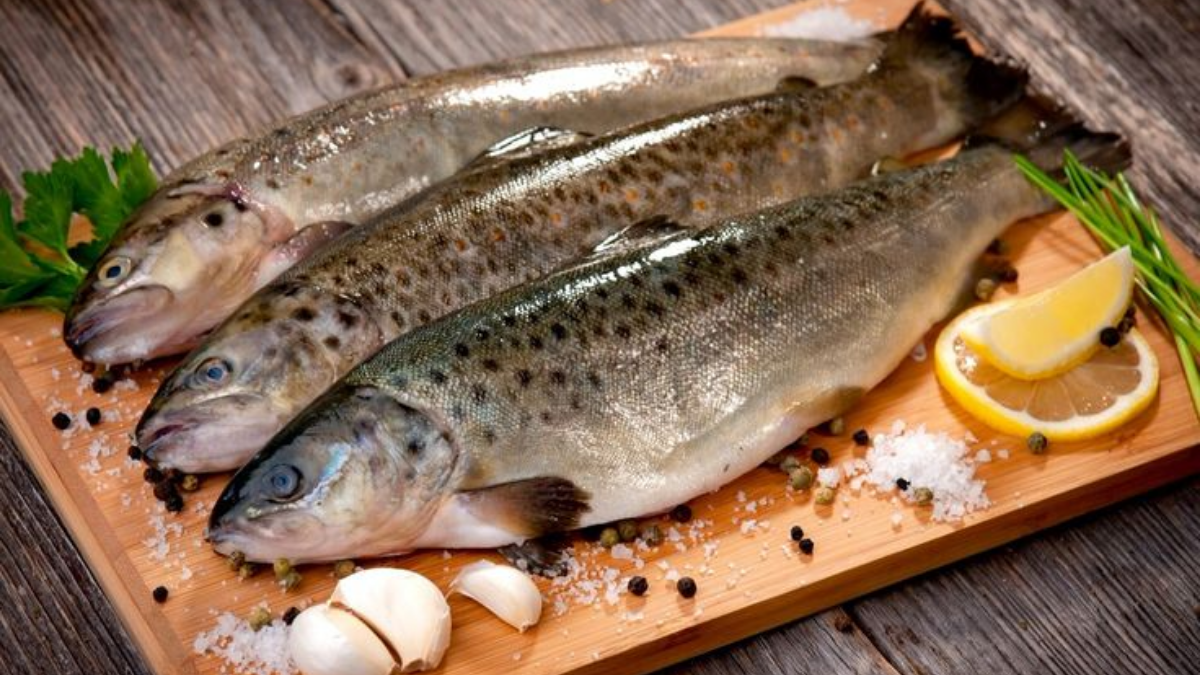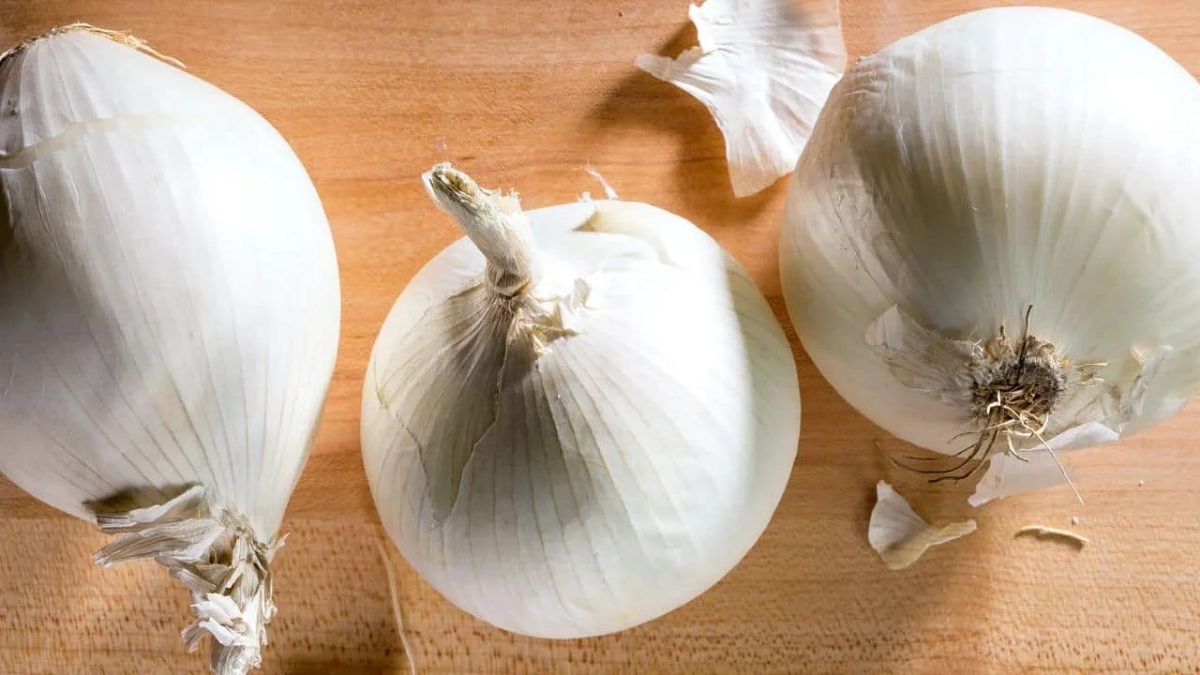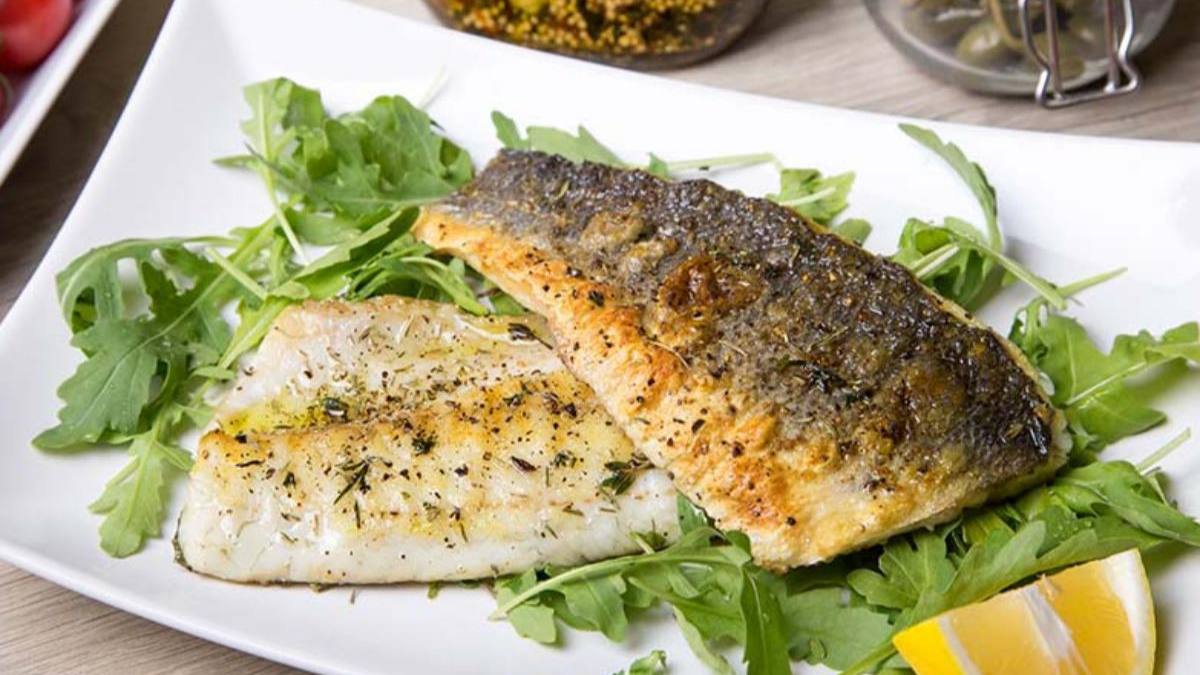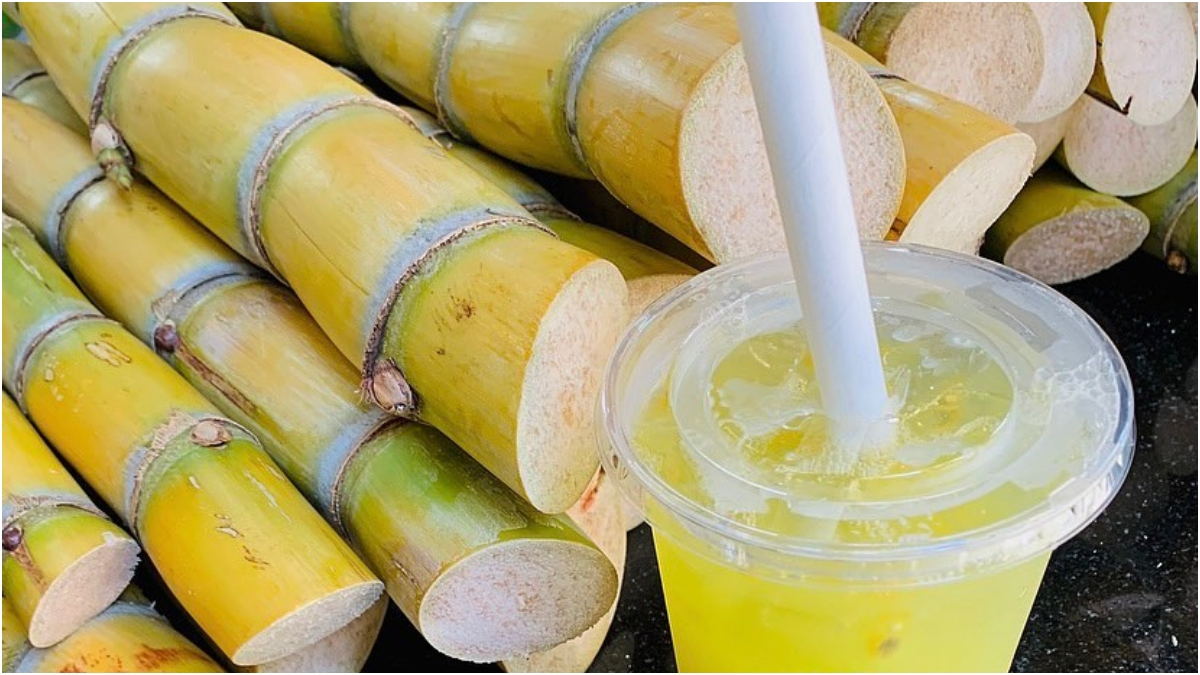Tamale Nutrition Facts
Tamales are high in folate, vitamin A, calcium, zinc, phosphorus, potassium, iron, and other minerals. Chili peppers can add a kick to tamales, and the capsaicin in spicy peppers may enhance vascular and metabolic health. Tamales are on many families’ Christmas meals. Traditional Mexican and Native American food involve stuffing masa dough with meat, cheese, chili peppers, or beans, steaming it in a corn husk or banana leaf, and eating it with salsa or hot sauce.
Whether tamales are a family holiday tradition or looking for new Christmas brunch ideas, you might wonder if they’re healthy.
